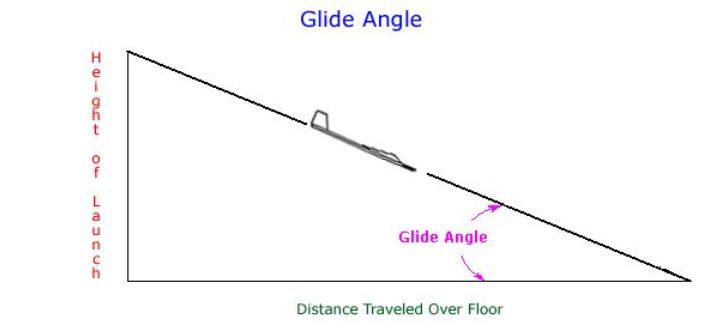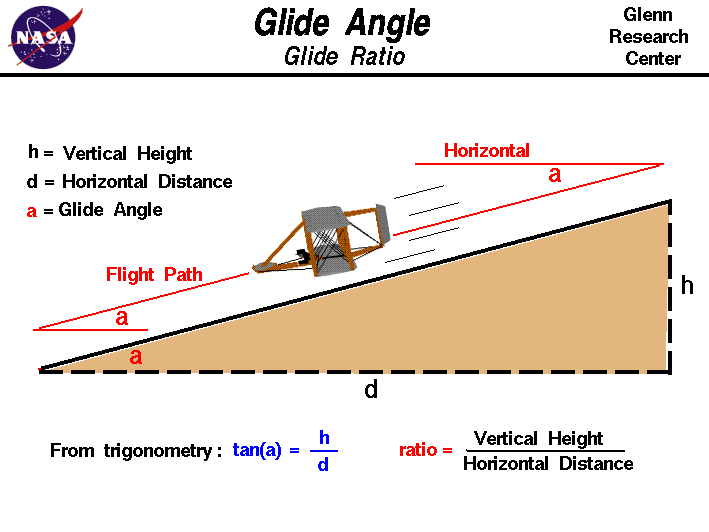Brainstorming over the topic, all are welcome:
Start:
== Pick up and remove sporadic rocks that feet or toes may hit.
== Study and report on hydrophobic treatment of wing surfaces.
== Make digital maps showing various ways of getting to the Dockweiler Flight Training Park (walk, bike, bus, car, train-and-bus, LAX to park, etc.)
== Explore parking in El Segundo and then finishing the pathing to the park by various means: bus, walk, car pool, ...
== Explore tensed running sheets for possible occasional placement in sand slopes.
== Find ways to know the actual height of the launching points relative to the landing poings. No more guessing! We have seen estimates from 18 ft to 50 ft; just what are the actual heights. Some surveying? And in real time?
== Find ways to well report close actual weather and wind and temperature ... and at various points. How aware could it all get?
== Ask Windsports what would be helpful with regard to placing sand. Discover the goals of Windsports with respect to keeping the slopes groomed and shaped.
== Clean debris that arrives to the designated areas.
== Move sand off the bike way, plaque patio, and walkways.
== Advance the Dockweiler history notes in our FDGC forum sector
== Sign up and schedule a formal training lesson from Windsports' instructors
== Spread FDGC presence to obtain best balance with Windsports instruction process. There are five days a week to receive FDGC members.
== Just outside the borders of flight-activity-designated areas are park open areas and Pacific Ocean; such areas may be used for
FDGC members for supportive and secondary activities:
++++++++ rest
++++++++ picnic
++++++++ toss toys
++++++++ swimming
++++++++ surfing
++++++++ running
++++++++ tumbling
++++++++ talking
++++++++ walking
++++++++ singing
++++++++ dancing
++++++++ sand sliding
++++++++ sand arts
++++++++ planning gliding actions
++++++++ solving gliding challenges
++++++++ studying science and mathematics of gliding
++++++++ toy-kite flying under the altitude shield of the Scattergood plant towers south of the Dockweiler Beach Flight Training Park
++++++++ model hand-toss gliding experiments
++++++++ gear study
++++++++ gear display
++++++++ sand-tensed-sheet experimentation for wing running and safe-splat experimentation
++++++++ reading about gliding
++++++++ Trek to the north restroom
++++++++ Trek to the south Grand Ave. parking lot outhouses
++++++++ fishing (as permitted)
++++++++ sand running
++++++++ wing running
++++++++ build wings
++++++++ play
++++++++ hop
++++++++ hope
++++++++ leap
++++++++ skip
++++++++ drink water
+++++++++++++++ ????? +



SOME RELATED IMAGES AND TEXT:
== http://jalcornphoto.photoshelter.com/im ... rUvYfUPFaM
==
==
== ??




